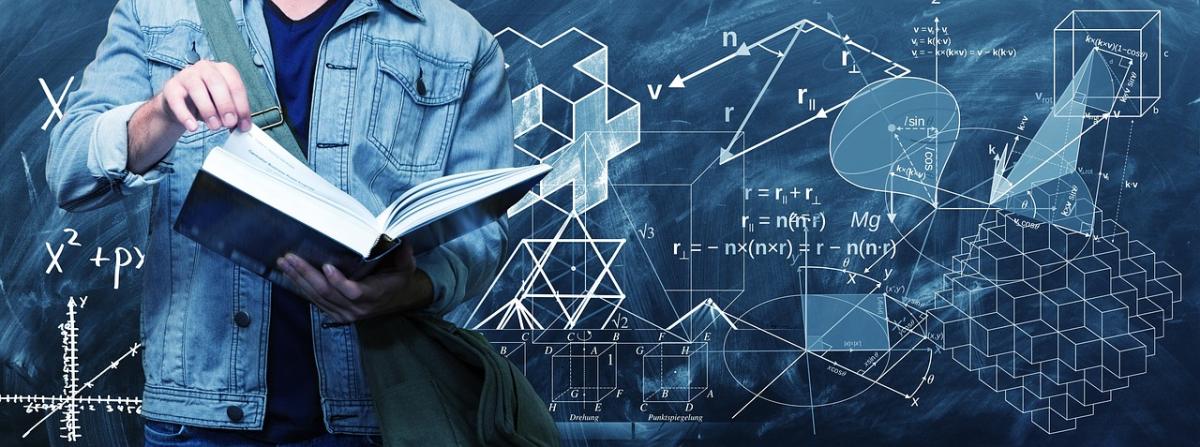
Students will solve mysteries using a digital scale, systems of equations, and their ingenuity! It enhances problem-solving skills and understanding of mathematical concepts.

Students will solve mysteries using a digital scale, systems of equations, and their ingenuity! It enhances problem-solving skills and understanding of mathematical concepts.

Water Troughs on the Rez is a lesson plan to help students understand the mathematical perspective of everyday items around our homes on the reservation. Students are to share different types of water

In this lesson, students use the Kepler’s Laws PhET Simulation to collect data on the period and average radius of the planetary orbits. They graph and analyze that data to derive Kepler’s 3rd Law.

This is a high-school level hands-on project that allows students to build their own working sundial, make predictions and assess their accuracy. This lesson ties in with the study of Kepler's Laws.

In this final lesson, students will use a life expectancy model to figure their likelihood of dying at a certain age They will use this answer to calculate their best life insurance policy, and

Students will orient to the varied rates of death that depend on age. They will learn how to check for conditions of valid sampling designs that let them use the Normal curve for modeling their sample

In this lesson two of four, students have to estimate and guess how much weight each of four factors has on a person's life expectancy, which often causes discomfort. They will ask you for direction

In this first of a four-part unit, students are introduced to the question under investigation: How much life insurance should I buy to cover myself when I am 45 years old? To answer this

This lesson is an activity to see what an angle is and how is can be used to approximate the time of day or even navigating vessels by measuring other celestial bodies. Students will use sextants to